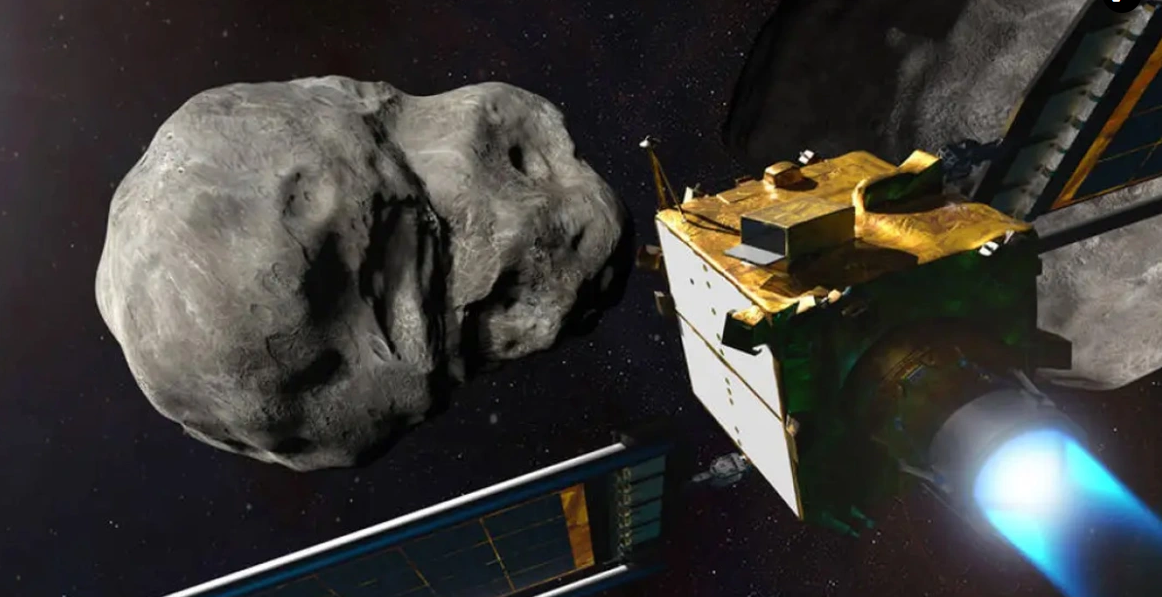A potentially hazardous near-Earth asteroid is spinning faster and faster every year, and researchers aren’t sure why.
The space rock, known as 3200 Phaethon, is around 3.4 miles (5.4 kilometers) wide, and its orbit through the solar system takes it closer to the sun than any other named asteroid, reaching a minimum distance of around 13 million miles (20.9 million km) from the sun — less than half the distance from Mercury to the sun. During Phaethon’s orbit around the sun, which lasts for around 524 days, the space rock travels close enough to Earth to be considered “potentially hazardous.” But the closest Phaethon has ever come to our planet was in 2017 when it passed by around 6.4 million miles (10.3 million km) from Earth, or around 27 times farther away than the moon. The asteroid’s dusty trail is responsible for the Geminids meteor shower, which peaks in early December every year and is visible across the globe.
Lost star catalogue of Hipparchus found in the Monastery of Saint Catherine of Sinai
On Oct. 7, a group of researchers presenting at this year’s American Astronomical Society’s Division for Planetary Sciences conference (opens in new tab) revealed that Phaethon has an accelerating spin. The space rock takes around 3.6 hours for one full rotation. But every year, that spin gets around 4 milliseconds shorter, researchers said. This may not sound like much, but over thousands or millions of years the change could alter the asteroid’s orbit, the team added.
Read more: Livescience
Ask me anything
Explore related questions





